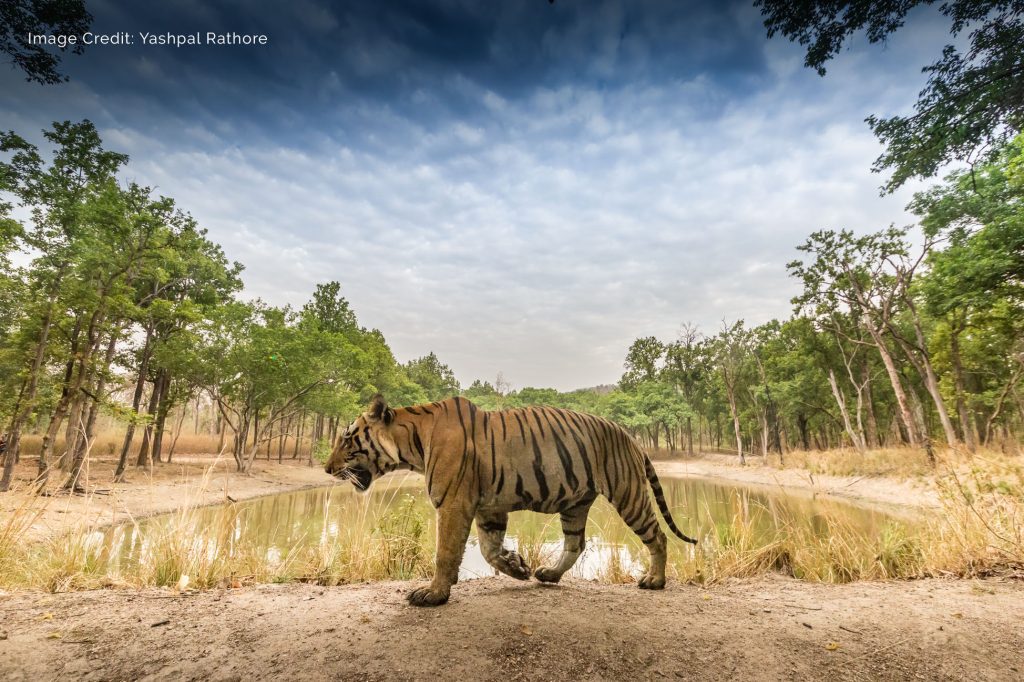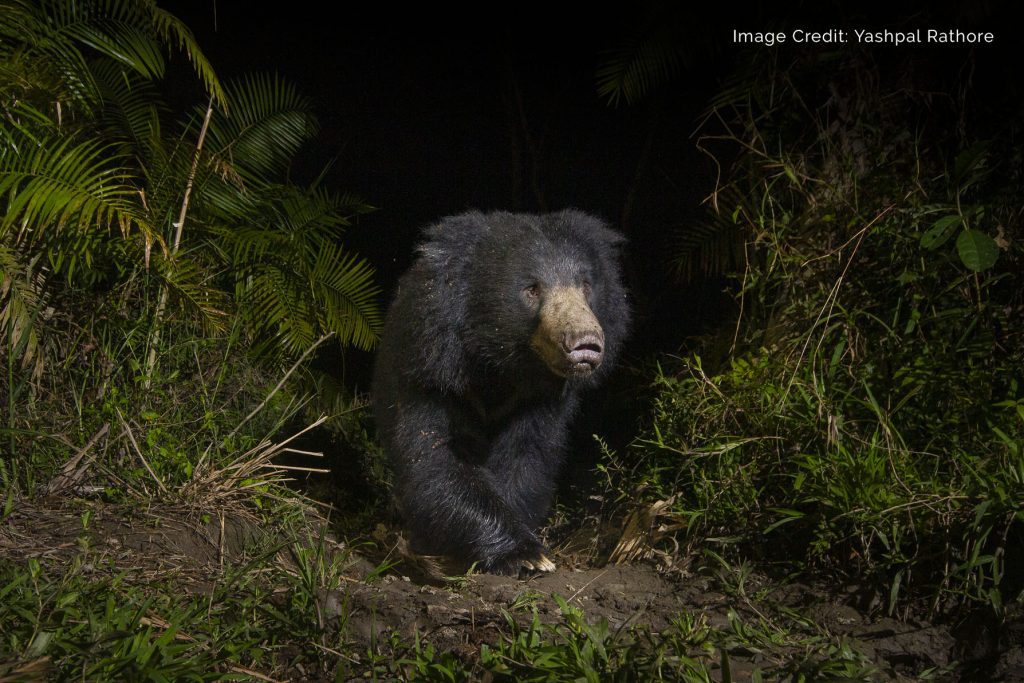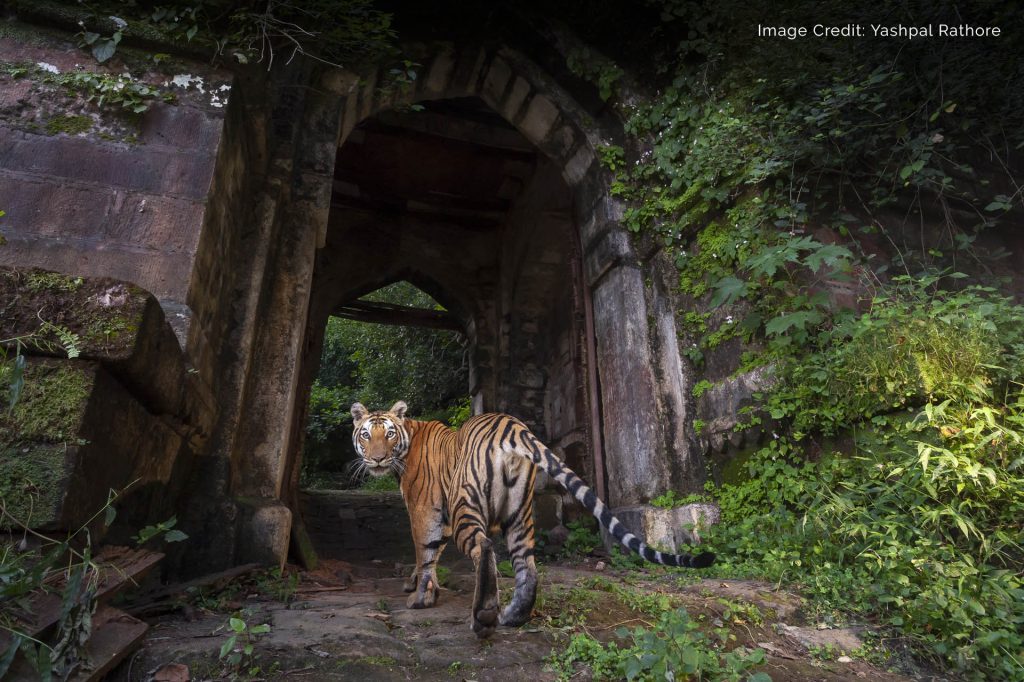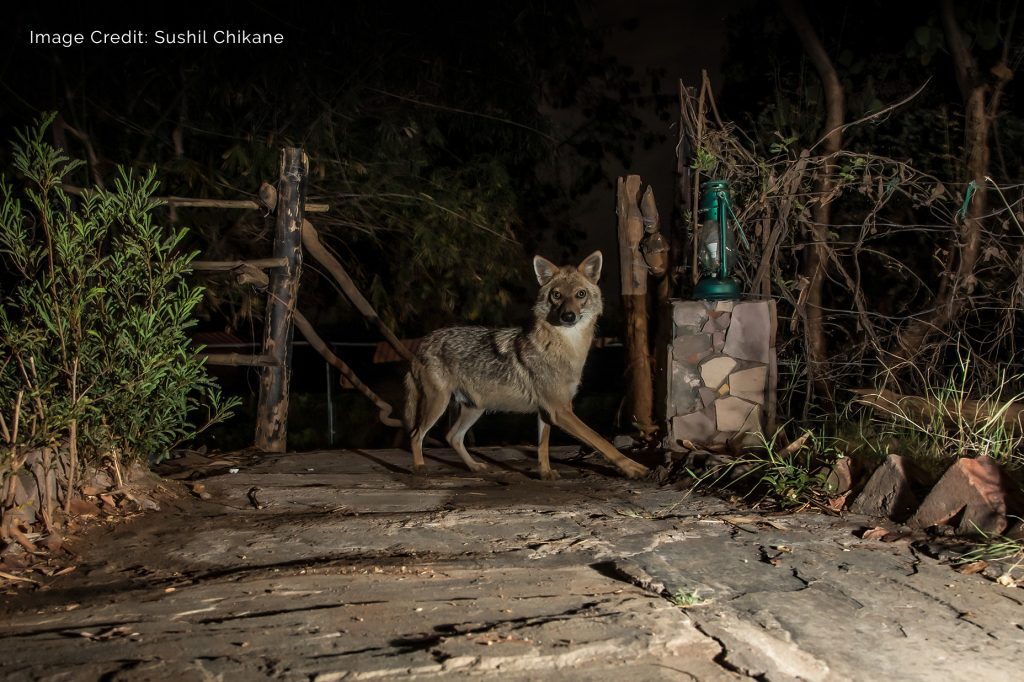Despite large-scale tourism, animals have mostly continued to keep their lives secret and away from human eyes. Several have even managed to shy away from cameras. Animals behave differently in our absence, completely wild and unfiltered, and all of this has largely been hidden from us. Their behaviour, movement and other species and animal specific traits have been a mystery for even seasoned wildlifers. The advent of trail cameras, however, enabled us to see what was unseen before. They became our eyes in the wild, without being conspicuous. These cameras silently, secretly watched animals in their natural habitat and documented their presence and unique behaviour. Primarily taking only still images, trail cameras soon were equipped to shoot videos as well. This gave us further insight into some intriguing species in various forests and their behaviour. Over time, DSLRs were also tailored to act as camera traps and shoot photographs and videos without being noticed by animals. These new camera traps brought with them an improved image quality despite the light conditions.
Earlier camera traps were used primarily to document wildlife, their movement and behaviour inside protected areas. Today, as the boundaries between urban and wildlife spaces blur, animals have been venturing outside protected areas. Through the Journeys Camera Trapping Contest we aim to celebrate the content and hard work of researchers documenting wildlife inside parks but also private individuals documenting wildlife in urban areas. This contest doesn’t only celebrate the secret lives of wildlife but also aims to create a citizen science project, which will empower research work on animal movement outside parks aimed at reducing conflict with humans.
A 2 day exhibition organised in June will showcase selected artwork from the contest, have screenings, interactions with experts and a lot more.


















